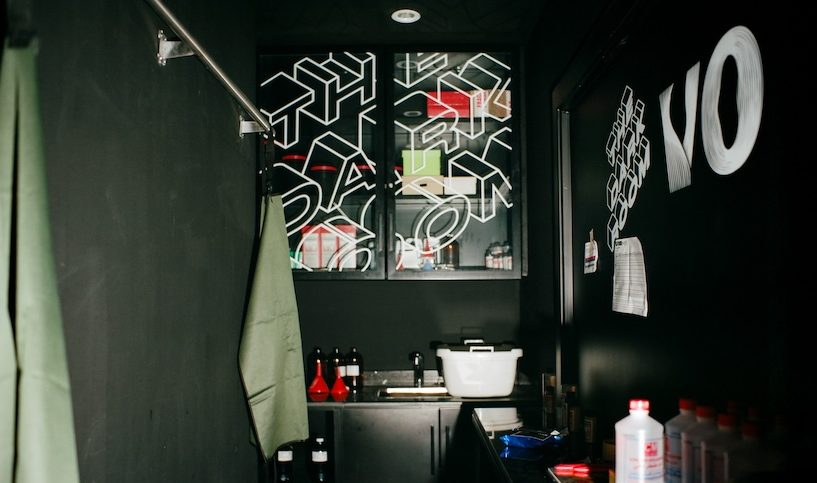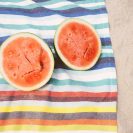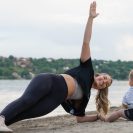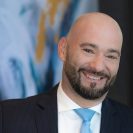Today, taking a picture is effortless. Pick up your phone, point and click. We rarely have to worry about focus, composition, or running out of film. If you are wiser (i.e. old enough to remember analog cameras) then you will remember being conscious of how many shots you have left. Yet, there is raw beauty in analog photos. You need to be thoughtful while composing them because you can’t crop them later. You need to make sure that you are balancing exposure and light while shooting. It is an intentional process that deserves preservation. And now you can learn how to do it all at VO. The Darkroom. We met up with Hadeel Al Refaae who runs the Darkroom in VO Kuwait to learn more.

Hadeel initially joined the VO team as a graphic designer, contributing her skills and expertise. Within two months, she boldly approached management with an innovative proposal—a darkroom initiative for VO. Embracing this visionary concept, VO took proactive steps to transform her idea into reality.
With the unwavering support from the chairman, Shaikha Ohoud Salem AlAli AlSabah, this ambitious idea gained momentum. Shaikha Ohoud believed wholeheartedly in Hadeel’s capabilities and championed her vision for the darkroom. Through this collective effort, VO successfully established one of the largest darkrooms in the Middle East, This embodies VO’s proactive dedication to youth development.
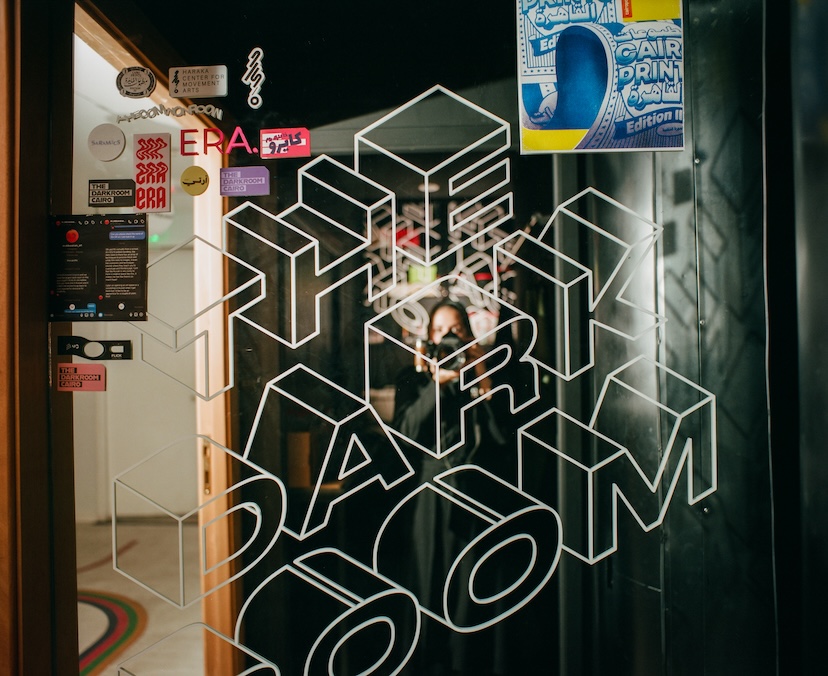
What is your daily role at the Darkroom?
I completely manage and run the darkroom, from making the social media posts to mixing chemicals to meeting with people for collaborations to teaching the workshops and I absolutely love it!

Why analog photography, and why do you think it is special?
Analog Photography is such a wonderful process and each stage is a different process. This process takes you to different places. First, the location, where you capture all of your images. After you reel in your film roll, then you head to the darkroom to develop your film. Then you wait for your negatives to dry, after which you can start printing. What makes it so special is the places it takes you and people you meet from across the globe who are still practicing the same Art form and are trying to figure out the same issues we come across in the darkroom. It’s really not a matter of whether people should or shouldn’t pursue Analog photography or not. Analog Photography is an Art form and just like any other Art I’ll always urge everyone to explore Art.
Who is analog photography for?
Honestly, for anyone. There’s a wonderful initiative by Serbet Salih that’s called “Sirkhane Darkroom” and it is a Mobile Analog Photography project that is built for children who are refugees. This just proves that you can build a darkroom anywhere and create a community.

Do you think there’s a place for both digital and analog?
It really depends on each person and what they enjoy more. I’m a graphic designer and for me personally, it differs from project to project. There’s a time for digital and there’s a time for analog. I’ve worked as a graphic designer in competitions, and we have to do social media posts that have to be uploaded 20 minutes from when I receive them. But then I’ll take out my Analog camera for when I want to walk around and just enjoy.
What are the Darkroom facilities like?
The Darkroom is quite spacious, it measures 8 by 5 meters and can accommodate 8-10 people. But one time I hosted a birthday workshop and I had 14 people in the darkroom.

What workshops are available at The Darkroom?
I offer different workshops, so there’s the 101 Darkroom workshop where you learn how to develop and print. Then there’s the Photogram workshop where you don’t need a camera or a negative for this, it’s a way to explore printing using objects. This is also offered for children. There’s also the Pinhole camera workshop, where we make a camera out of a shoebox, and you take a picture with it. Many people come in a little bit intimidated, but it’s really ok, even if you come to VO. The Darkroom and ruin your first print, who cares? If anything, this whole process is a trial and error, and you can’t expect to be incredible at something from the first try. Personally, when I travel I still go to darkrooms, and I’m constantly trying to refine my skills so that when I’m back in Kuwait I can help people with their craft. But, when people come for a workshop, they always come back for another workshop, or they’ll join us at our film screening or a Photo Walk.

What advice would you give to people who are interested in analog photography?
My advice for people who would like to start exploring Analog photography see if your parents have an old camera, change the batteries, and buy a film roll. Take your camera with you and start taking photos of everything you see. Develop it and then see what you like about the image and see what you don’t like. Don’t repeat what you don’t like, and make sure you keep an open mind to the entire process.
Are there any plans or future expansions in the making for the Darkroom?
As for the physical space, I believe it’s the perfect size for a community darkroom. I do have plans for collaborations that are both local and global. The space and the community have so much potential, and this is only the start.

Whose support has been invaluable during this journey?
I’m very thankful that I got the opportunity to build such a wonderful place that brings in together people from different realms. Thank you to all the interns who have volunteered with their time and energy, but an exceptional mention has to go to Aziz Maksheed. He was my right arm during this time. He’s a curious and proactive person who is always ready to learn. Thank you to all the remarkable people who we collaborated with or interviewed, it’s a joy to learn alongside you!
Visit vo.com.kw/facilities and follow @vo.thedarkroom on Instagram to learn more. All images were taken by Fatima AlFulaij using a Pentax 67 with Portra 400 film.



